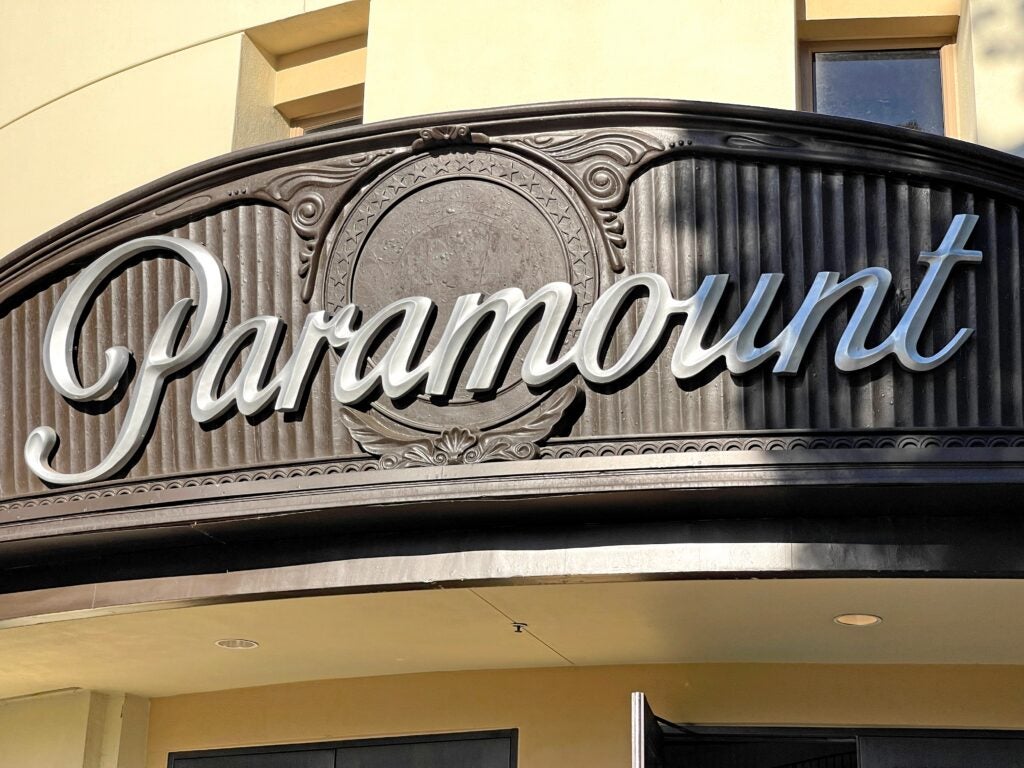Happy Baek-il to Paramount Skydance, which turns 100 days old this week.
Okay, technically, as of Monday, when Paramount Skydance released its first post-merger quarterly earnings report, only 96 days have passed.
But if there truly is “tremendous energy and excitement across the company,” as CEO and Chairman David Ellison told investors, then perhaps an early celebration can be forgiven.
Although, the 1,000 employees the company plans to lay off before the end of the year might have something different to say about all the excitement.
In any case, the company’s revenue for Q3 remained flat compared to last year at just under $6.7 billion, most of which was generated after the merger deal closed on August 7. (Paramount Skydance was required to report its Q3 results separately for the periods before and after the merger.)
At the same time, the company’s direct-to-consumer business – in other words, its streaming services – increased revenue by 17%, from $1.86 billion in 2024 to $2.17 billion in 2025.
Most of that growth comes from a 24% increase in Paramount+ revenue, which now represents 80% of the company’s DTC business, according to the company’s letter to shareholders.
Stacks on stacks
However, the earnings numbers also suggest that subscription revenue, not advertising revenue, is driving the bulk of that growth.
Paramount+ is now at 79.1 million total subscribers, and subscription revenue came out to roughly $1.69 billion for Q3 this year. Meanwhile, advertising generated $479 million for that same period.
Part of the problem might be Pluto TV, which underperformed “primarily due to lower sell out rates,” the letter to shareholders states.
Luckily, Paramount Skydance is going to make the DTC business its top priority moving into 2026, starting with unifying its back-end technology.
As of now, the company owns three different streaming services: Paramount+, Pluto TV and BET+, which is co-owned and operated by Tyler Perry Studios. Yet all three operate across separate tech stacks and two different cloud platforms, meaning there’s currently no connectivity across the company’s streaming offerings.
“You can’t even upgrade somebody from Pluto to Paramount+,” said President Jeff Shell, whose new role at Paramount Skydance is his first since a shock departure from NBCUniversal in 2023.
Unifying its disparate platforms will improve ad monetization and “significantly improve the overall product for Paramount+,” said Ellison. He also noted that the company is in the middle of integrating with Oracle Fusion, a product offered by the company that his father, Larry Ellison, co-founded.
Bringing in new talent
In addition to updating the back-end ad tech, Paramount Skydance will rely on its newly penned partnerships with Publicis and IPG Mediabrands, which started in June after the company dropped its former agency of record, WPP Media.
On the buy side, Paramount Skydance will save money on its own marketing costs across the company by working with Publicis and IPG, according to Shell.
And on the sell side, where the agencies’ brand clients are concerned, both partnerships also came with significant revenue commitments for the next three years, which will likely manifest in the company’s digital advertising business – “where we need it the most,” said Shell.
Similarly, Paramount Skydance’s advertising business will get an extra boost from the addition of Jay Askinasi, who previously served as Roku’s head of global media revenue and growth.
Overall, Paramount Skydance is confident that its DTC business will be “increasingly profitable in 2026,” said Ellison.

















